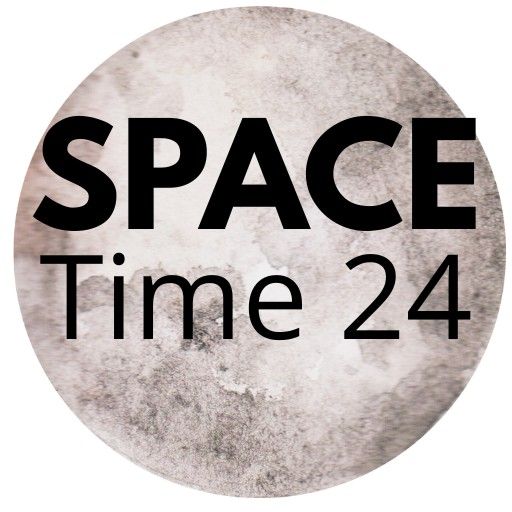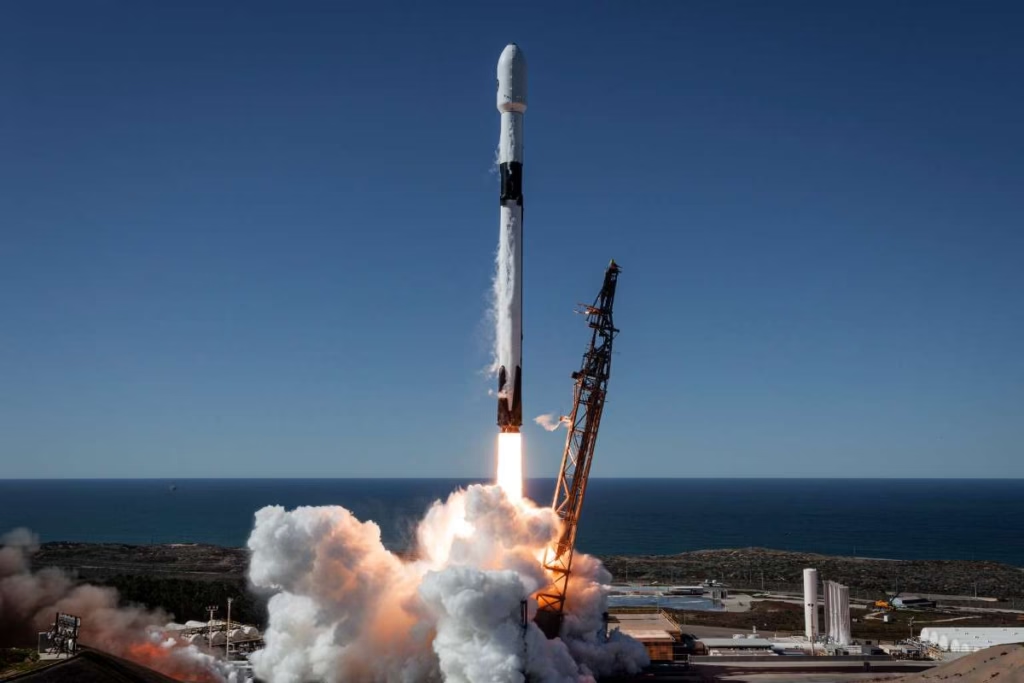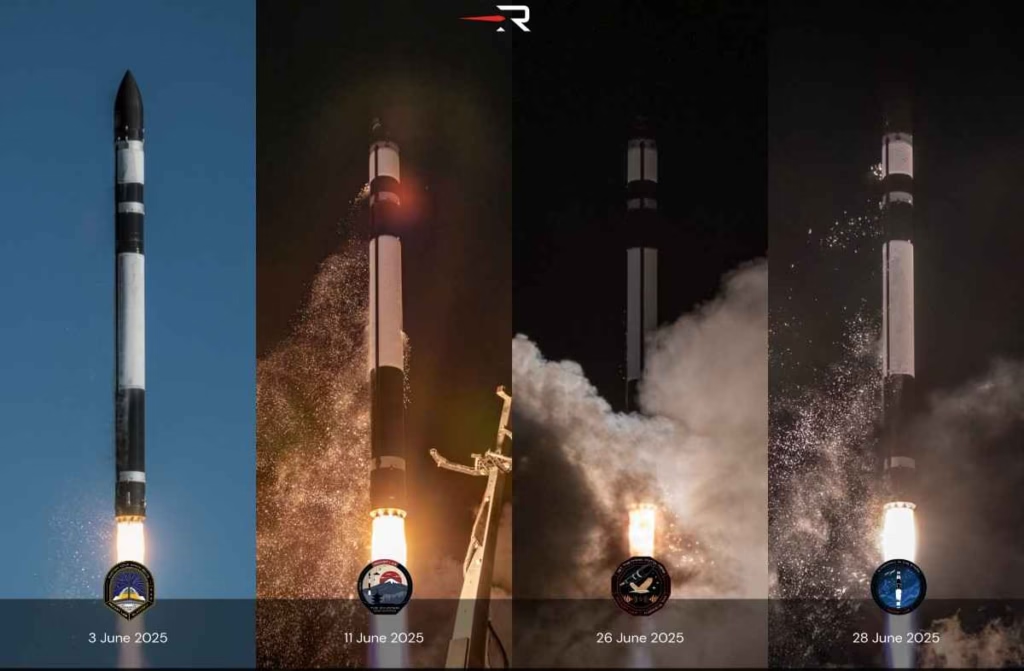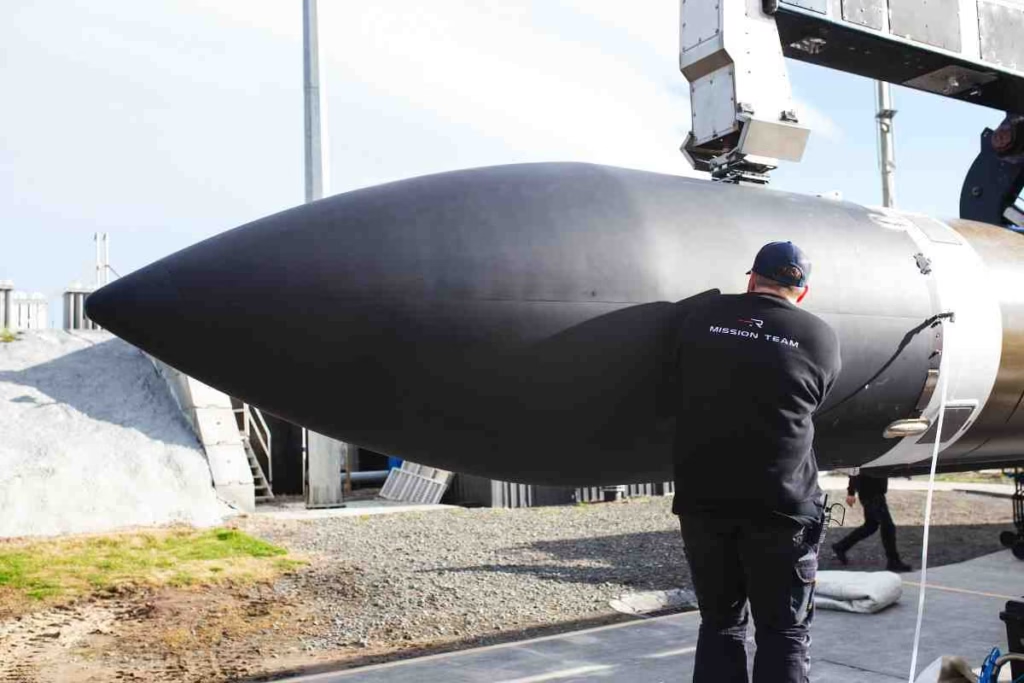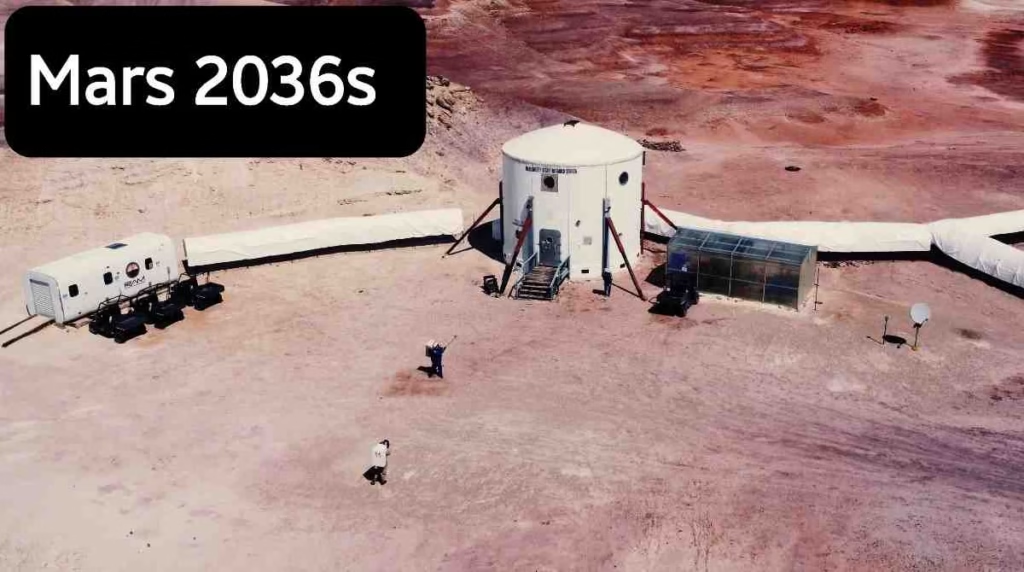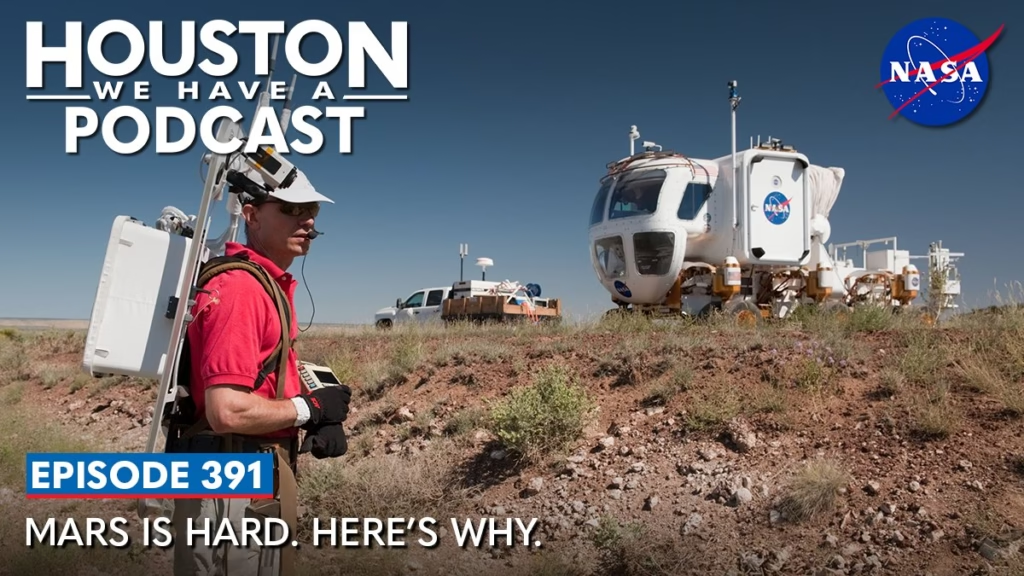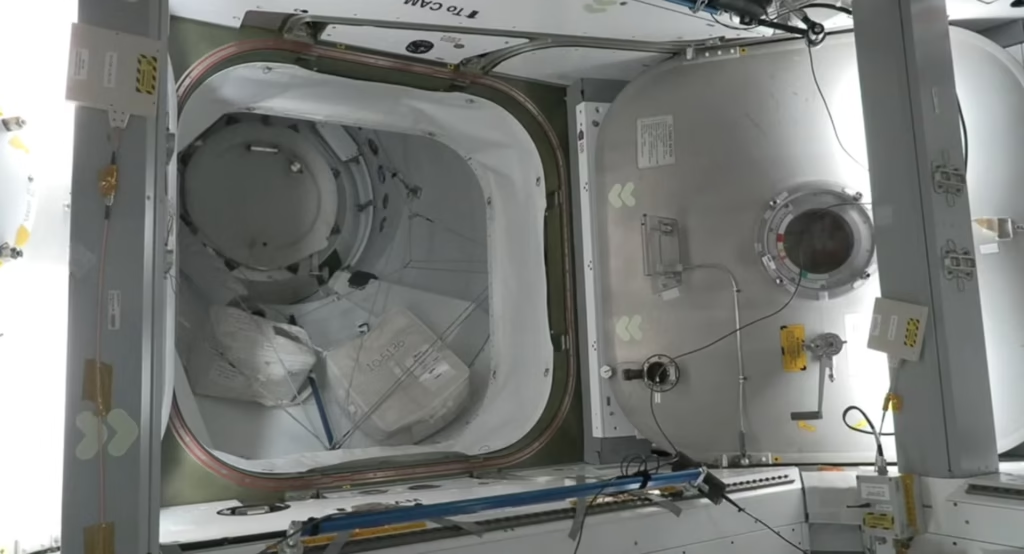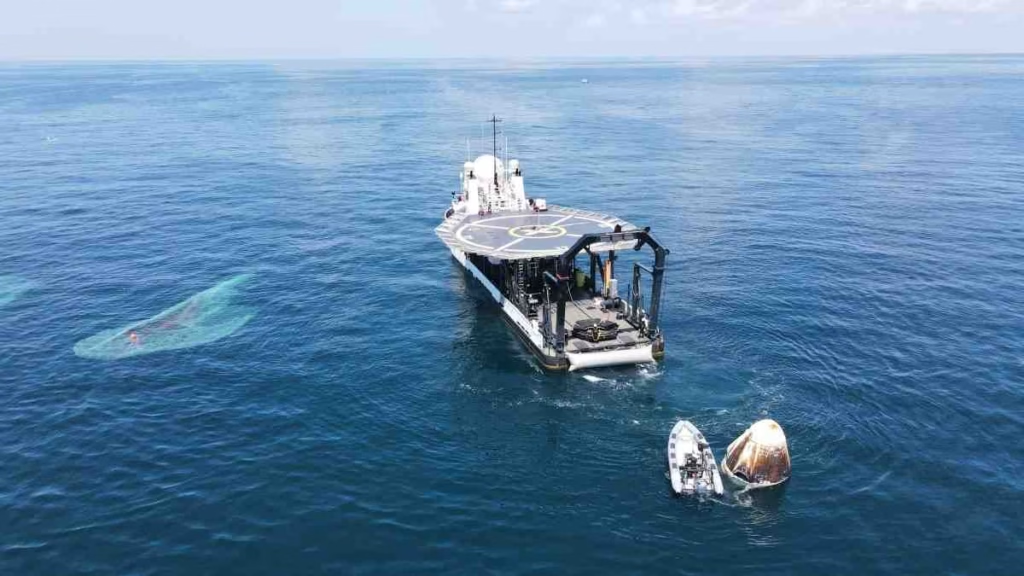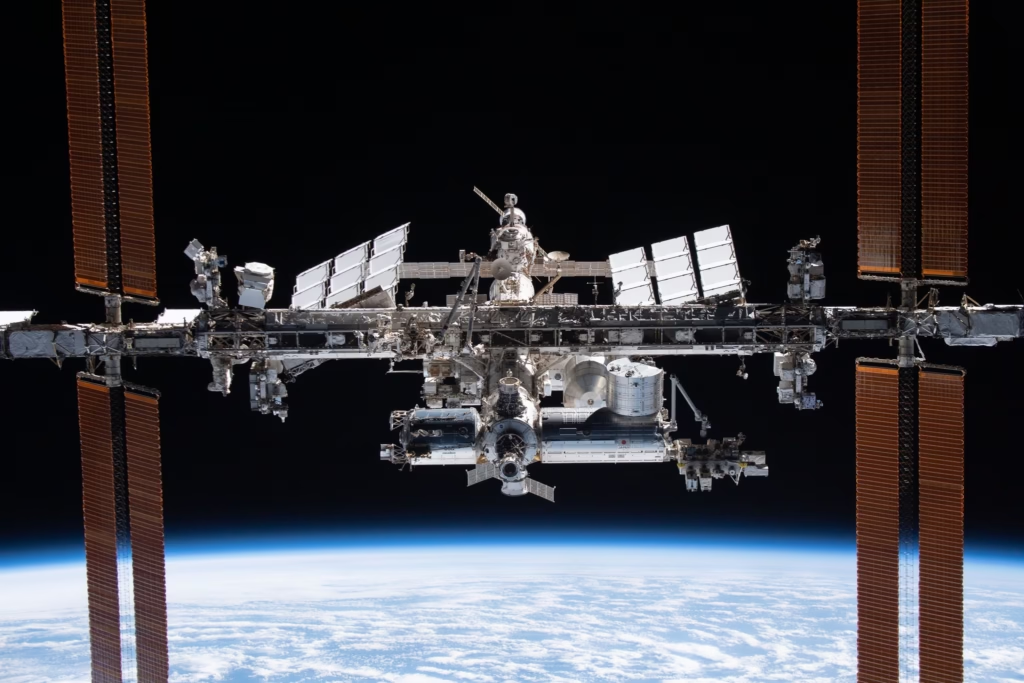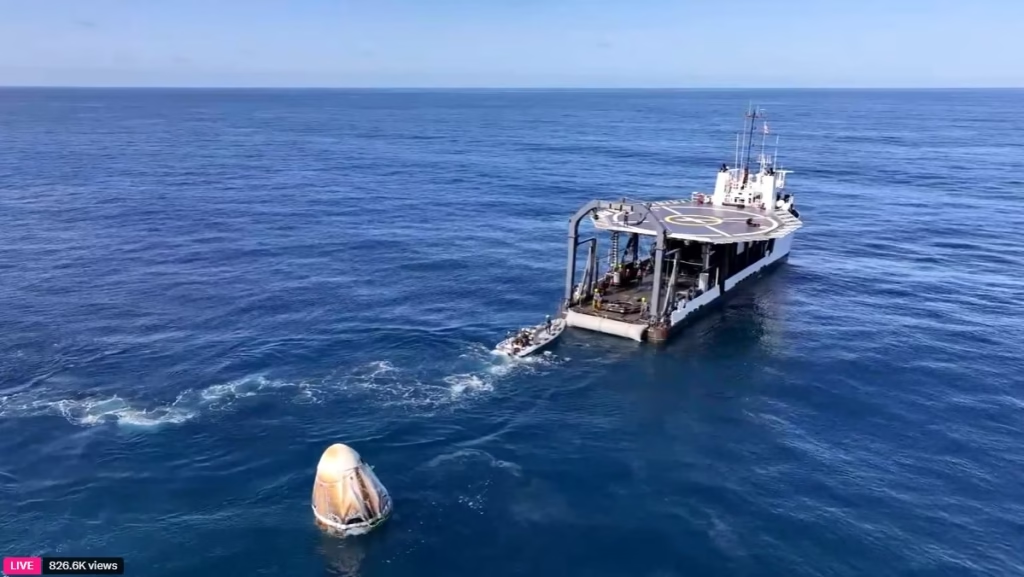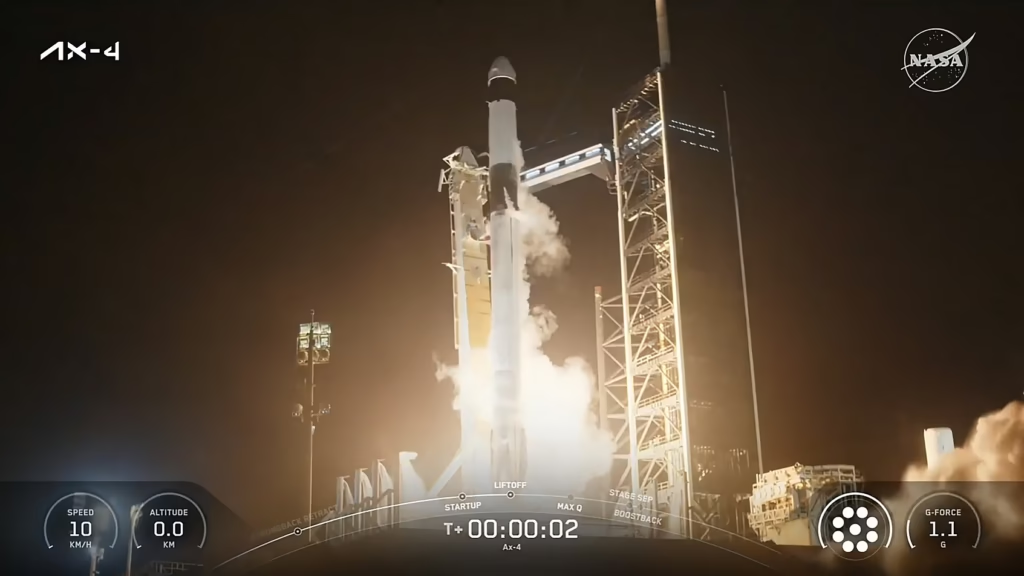Explore the benefits and safety challenges of nuclear propulsion in space. Learn how NTR and NEP technologies advance deep space missions and crewed exploration.
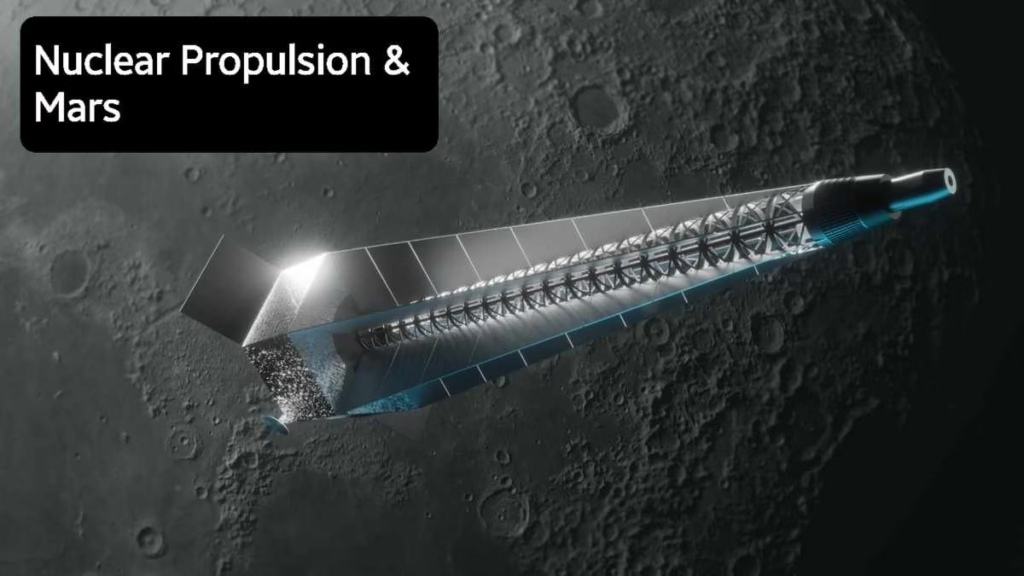
1. Introduction: The Promise and Concern of Nuclear Propulsion in Space
Nuclear propulsion in space offers the tantalizing possibility of fast, efficient travel in deep space. From crewed missions to Mars to exploration of distant asteroids, nuclear-powered rockets could cut transit time by months or even years. Yet public concerns about radiation, safety during launch, and long-term environmental impact have slowed progress. In this article, we examine the technology, evaluate its risks, and consider whether nuclear propulsion is a safe and viable choice for future space missions.
2. Types of Nuclear Propulsion in Space Technologies
There are two primary types of nuclear propulsion studied for space: nuclear thermal rockets (NTRs) and nuclear electric propulsion (NEP).
2.1 Nuclear Thermal Rockets (NTRs)
NTRs use a small nuclear reactor to heat a propellant—typically liquid hydrogen—and expel it through a nozzle to produce thrust. They have nearly double the efficiency (specific impulse) of chemical rockets, enabling shorter trip times to Mars.
2.2 Nuclear Electric Propulsion (NEP)
NEP systems generate electricity from a reactor to power electric thrusters like ion or Hall-effect engines. While NEP has lower thrust than NTR, it achieves higher efficiency and could continuously accelerate spacecraft for months, ideal for deep-space cargo missions.
3. Advantages of Nuclear Propulsion in Space
3.1 High Efficiency and Faster Transit
Nuclear propulsion enables much higher specific impulse than chemical rockets, enabling faster transit to outer planets or substantial reductions in propellant mass.
3.2 Payload Flexibility
Greater efficiency means missions can carry more scientific instruments or hardware—such as rovers, habitat modules, or supplies for crewed missions—without launching larger rockets.
3.3 Response Capability and Safety Margin
Shorter trip times reduce exposure to space radiation and microgravity effects for astronauts. Faster transit also allows quicker return options in case of emergencies.
4. Safety Challenges and Risk Management
Though promising, nuclear propulsion raises serious safety considerations.
4.1 Launch Risks
During launch, an accident involving a reactor could disperse radioactive material across a wide area. To address this, NTRs would only activate the reactor once safely in orbit or beyond the atmosphere.
4.2 Radiation Exposure in Space
Reactors produce neutron and gamma radiation. Effective shielding is required to protect astronauts and sensitive instruments. Designers propose placing the crew habitat at opposite end of a long boom from the reactor, with additional shielding integrated into the spacecraft structure.
4.3 Uncontrolled Reentry Scenarios
If a reactor fails and reenters the atmosphere, recovery must ensure intact burn-up or safe landing to prevent contamination. Space reactors would be designed for “fail-safe” disassembly, scattering fuel in an environment where the material is widely dispersed and quickly diluted.
5. Environmental and Regulatory Oversight
International agreements regulate the use of nuclear power in space, including the Outer Space Treaty and ITEA guidance from the United Nations. National bodies such as NASA have protocols for safety analysis and environmental impact mitigation. Strict licensing applies to launcher providers, reactor hardware, and mission profiles.
6. Historical Precedents: From SNAP to NERVA
6.1 SNAP Reactors
In the 1960s, the U.S. demonstrated small nuclear reactors called SNAP (Systems for Nuclear Auxiliary Power) on earth and in space. SNAP-10A remains the only American nuclear reactor to orbit Earth, operating for one year before being decommissioned.
6.2 NERVA and Rover
The NERVA (Nuclear Engine for Rocket Vehicle Application) and Rover programs in the 1960s–70s developed nuclear thermal rocket engines capable of producing megawatt-scale power. Though tested on Earth, they were never flown due to high costs and political shifts.
7. Current Developments and Research
7.1 NASA’s Project Kilopower
NASA’s Kilopower project successfully tested small fission reactors designed for use on the Moon or Mars. The reactors could provide stable power for habitats, life support systems, and surface operations—demonstrating readiness for space.
7.2 DARPA’s Demonstration Rocket
DARPA’s plans include an in-space NTR demonstrator meant to verify core performance in orbit. This mission, coupled with ground testing, aims to demonstrate NTR reliability.
7.3 International Research
- Russia continues research in nuclear rocket technology with plans for both thermal and electric variants.
- Europe is exploring reactor-based systems for surface settlement power.
- China has announced its own conceptual reactors and propulsion research.
8. Engineering and Safety Innovations
Research teams are advancing key technologies to address safety challenges:
8.1 Advanced Reactor Designs
Reactors using low-enriched uranium or TRISO fuel pellets are resistant to meltdown and can survive reentry. Innovative coolant designs (e.g., liquid metal reactors) also reduce launch risk.
8.2 Radiation Shielding Strategies
Efficient shielding using water tanks, boron-rich materials, and hydrogen composites improve protection without excessively adding weight. Boom configurations add distance as passive protection.
8.3 Safe Reactor Shutdown Systems
Redundant mechanical systems keep the reactor sub-critical until command activation. If controls fail, the fuel self-regulates to a safe state.
9. Public Concerns and Outreach
Public acceptance remains a major barrier. Concerns include launch risks, space debris, and unintended reactor activation. Open public education and flight transparency, along with independent environmental reviews, will be essential for building trust.
10. Applications Enabled by Nuclear Propulsion
10.1 Human Missions to Mars
NTRs could reduce transit to Mars to 3–4 months. Paired with radiation-shielded habitats, this enables feasible missions with existing technology.
10.2 Cargo Missions to Outer Planets
NEP-powered cargo vessels could supply crewed missions and carry infrastructure for deep-space operations. Electric propulsion with nuclear power is ideal for slow, steady, heavy-lift cargo.
10.3 In-Space Refueling Depots
Nuclear-powered tugs in orbit could refuel crew ships or cargo vessels. They would reshape mission logistics and enable larger expeditions without significantly increasing launch mass.
11. Cost, Timelines, and Policy
Implementing nuclear propulsion will require significant investment. Reactor development, safety validation, and launch certifications may incur costs of billions. However, cost savings arise from reduced mission time and smaller required chemical burns.
Current schedules indicate NTR demonstration flight in the late 2020s and potential operational use in the 2030s. NEP systems may precede NTR with experimental systems by early 2030s.
12. Alternatives and Complementary Systems
While nuclear propulsion is promising, other methods are also under development:
- Advanced chemical rockets such as methalox engines.
- Electric propulsion powered by solar panels, used in missions like Psyche.
- Hybrid systems combining chemical, electric, and thermal stages depending on mission phase.
Future deep-space mission designs may use multiple propulsion systems for different mission legs.
13. Roadmap: What Comes Next
- Complete demonstration reactor handling and safety protocols on Earth.
- Launch an uncrewed orbital test of an NTR module.
- Integrate NTR or NEP core in a mission testbed such as a lunar logistics vehicle.
- Develop safety and public engagement plans to earn regulatory approval.
- Begin crewed mission planning using nuclear-enhanced launch systems.
14. Conclusion: A Future Propelled by Nuclear
Nuclear propulsion offers a powerful tool for deep space exploration, enabling faster, more efficient missions with fewer spacecraft resources. While the potential is vast, ensuring safety is the key to earning public and regulatory support. Through advanced reactor design, stringent controls, and transparency, nuclear propulsion can move from theory to capability—ushering in a new era of space travel that may reach Mars, the asteroid belt, and beyond.
If executed responsibly, nuclear propulsion will not only power spacecraft—it could spark a transformation in how humanity explores and inhabits the solar system.
News Source:-
https://x.com/ToughSf/status/1928119144073023704?t=bpCN46HBLJKLrartC3X0FQ&s=19
FAQs: Nuclear Propulsion in Space
Q1. What is nuclear propulsion in space?
A: Nuclear propulsion refers to the use of nuclear energy—usually from a fission reactor—to generate thrust or electricity for spacecraft. It includes two primary types: nuclear thermal rockets (NTRs) and nuclear electric propulsion (NEP) systems.
Q2. How does a nuclear thermal rocket (NTR) work?
A: An NTR uses a nuclear reactor to superheat a propellant like liquid hydrogen. The hot gas is then expelled through a nozzle, creating thrust. This system provides higher efficiency than chemical rockets and enables faster interplanetary travel.
Q3. What is nuclear electric propulsion (NEP)?
A: NEP generates electrical power from a nuclear reactor, which is then used to operate electric thrusters such as ion or Hall-effect engines. NEP is highly efficient and ideal for long-duration, low-thrust missions in deep space.
Q4. Is nuclear propulsion in space, safe for space missions?
A: When properly designed, nuclear propulsion systems can be safe. Reactors are typically kept inactive during launch to avoid radiation risks and are only activated once in space. Advanced shielding, fail-safe shutdown systems, and strict regulatory protocols are part of the safety design.
Q5. What are the benefits of using nuclear propulsion in space?
A: Key benefits include:
- Higher efficiency and fuel savings
- Shorter trip times for crewed missions (especially to Mars)
- Increased cargo capacity
- Potential for long-duration deep-space exploration
Q6. Has nuclear propulsion ever been used in space?
A: Yes. The SNAP-10A was the only U.S. nuclear reactor launched into space in 1965. Several ground-based test programs such as NERVA and Project Rover successfully demonstrated NTR technology, though no crewed missions used them.
Q7. What are the main safety concerns with nuclear propulsion in space?
A: The main concerns include:
- Radiation exposure to crew or electronics
- Risk of radioactive release if a rocket explodes during launch
- Safe disposal or containment of nuclear materials at mission end
Designers address these using advanced shielding, delayed reactor activation, and hardened containment systems.
Q8. What fuels are used in space nuclear reactors?
A: Most space nuclear systems use enriched uranium—either low-enriched uranium (LEU) or high-assay low-enriched uranium (HALEU)—designed for compact, high-performance reactors.
Q9. How soon will we see nuclear propulsion in space used in actual missions?
A: NASA and DARPA are working toward in-orbit nuclear propulsion demonstrations by the late 2026s or early 2030s, with possible use in crewed Mars missions by the mid-2030s.
Q10. Will nuclear propulsion replace chemical rockets?
A: No, nuclear propulsion in space will complement, not replace, chemical rockets. Chemical systems are still effective for Earth launches, but nuclear engines are better suited for in-space maneuvers and deep-space travel due to their superior efficiency.
